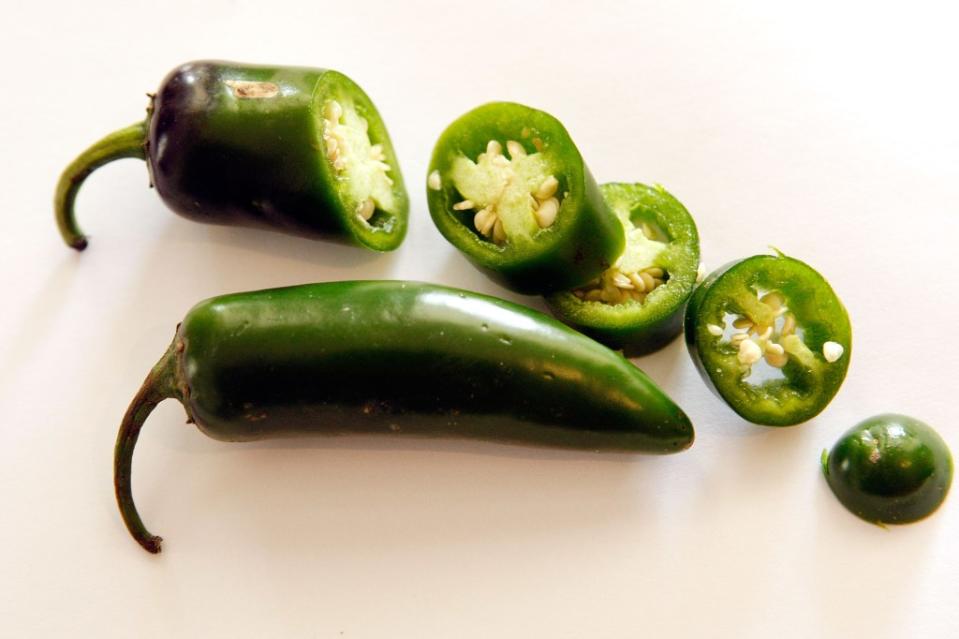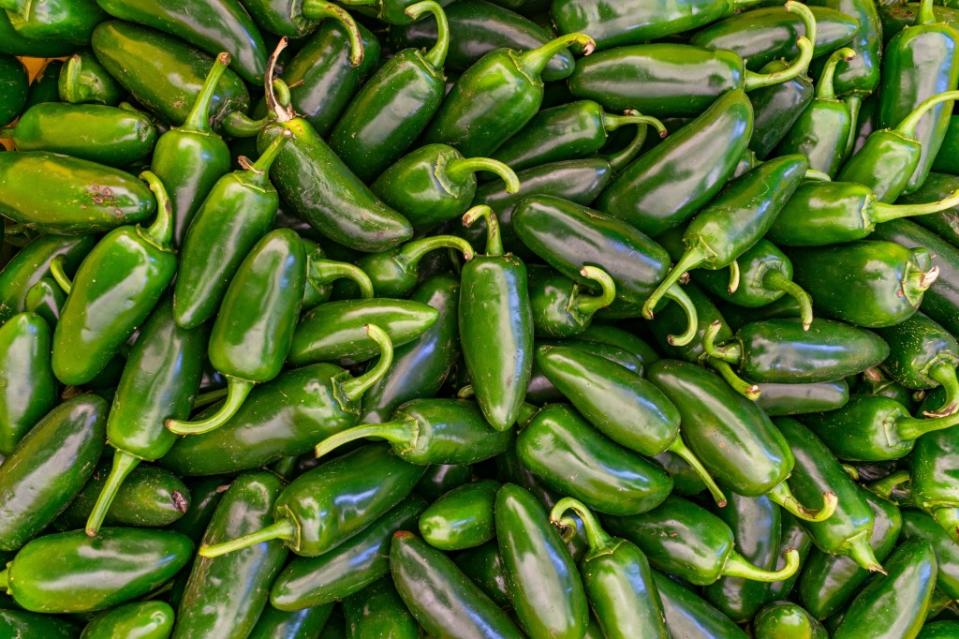Jalapeños are growing less spicy — and heat lovers are fired up over ‘diabolical’ scheme

Jalapeño peppers are growing less spicy — and it’s getting food lovers hot.
X users erupted over the “diabolical” revelation Tuesday, with many pointing fingers at the corporate-ification of agriculture.
“F–king insane. Big Ag actually made jalapeños less spicy—you’re not going nuts,” health care writer Timothy Faust tweeted along with a link to the May 2023 D-Magazine story “Here’s Why Jalapeño Peppers Are Less Spicy Than Ever.”

The article boiled the taming of jalapeños down to advanced farming technology that standardized the crops so growers could better market their goods.
The once-iconic spicy peppers are now generally grown to be mild, but can be made hotter with some help from extract that is dripped into salsas, sauces, sausages and other goods after the jalapeños have been processed.
Faust’s post, which has been viewed more than 1.3 million times, inadvertently kicked off a social media storm.
“It’s absolutely diabolical to breed vegetables for consistency just to force these abominations onto unsuspecting consumers. You are already selling it by the pound for a reason,” one furious user replied.
“There is literally nothing that capitalism will not destroy,” another responded.
Plenty of others called for a reversal of the practice, with one stating: “Hands off Our Peppers Big Ag.”
The growing mildness of jalapeños comes as the demand for serranos, a grassier-tasting but nearly three times stronger chili pepper, have burst into popularity — possibly to take over the hole jalapeños have left behind.

The jalapeño’s descent into general blandness kicked off nearly 40 decades ago when producers began marketing their goods with “mild,” “medium” and “hot” labels, New Mexico State University extension vegetable specialist and chili pepper expert Stephanie Walker told D Magazine.
“That kind of became the big demand for jalapeños—low heat jalapeños—because most of them are used for processing and cooking. [Producers] want to start with jalapeños and add oleoresin capsicum,” she said, referring to an extract from peppers that contain pure heat and can be added to products to reach varying levels of spice.
New lineages of jalapeño were even cultivated to accomplish this low-heat, mild goal, the most popular of which was the TAM II line crafted by Texas A&M University.
“Some a–hole texas a&m students made a more profitable but less hot jalapeño pepper and that’s why they suck now. unbelievable,” one X user wrote.
Another responded in agreement, calling the school’s students “wokesters.”
Although Walker anticipates that the market will shift to once again intentionally grow jalapeños for their spice, the best bet for heat lovers these days is to buy from local, small-scale farmers or to carve out a space in their own garden for some home-grown peppers.

